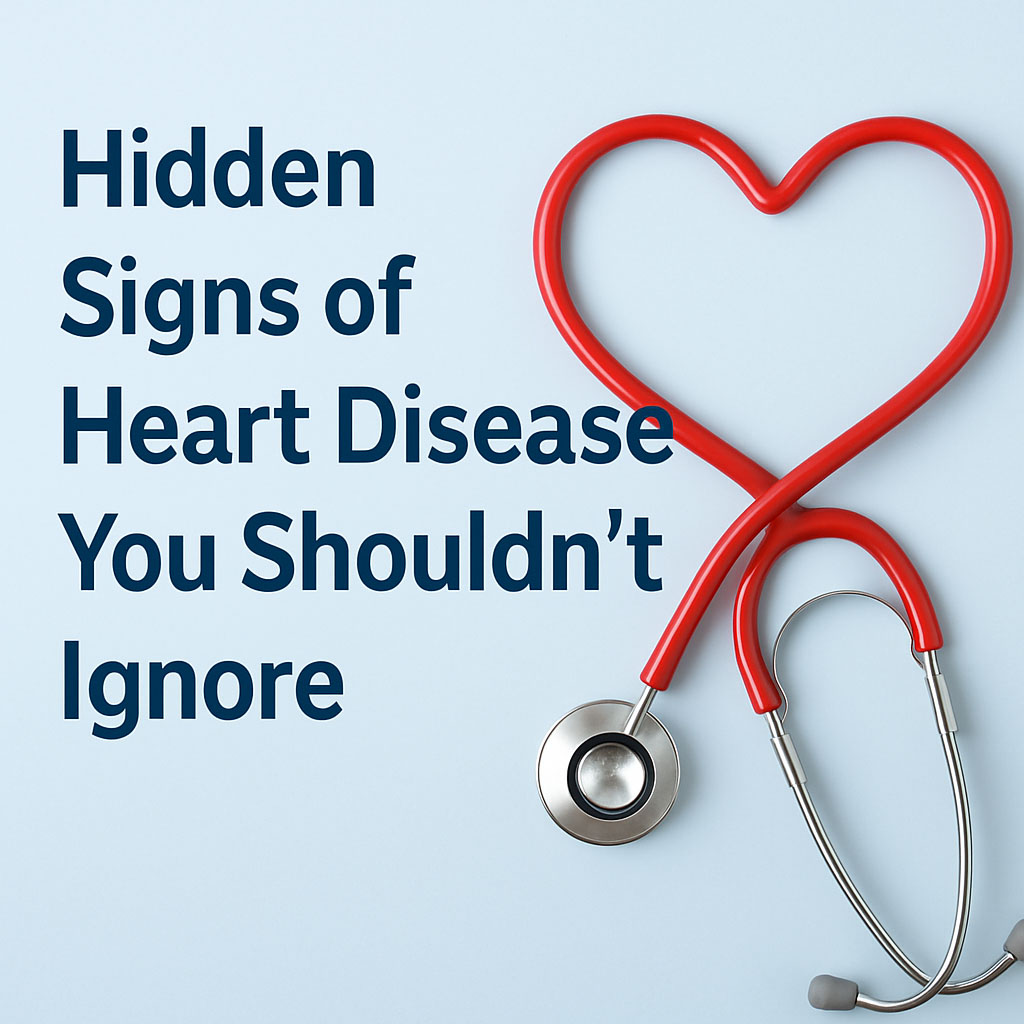Learn to recognize what’s going on, so you can get help fast.
Your heart is like a machine, pumping blood to deliver oxygen that keeps limbs and organs working properly. However, unhealthy lifestyle decisions, age, and genetics can lead to a heart attack. Below we will describe what happens in the body during a heart attack and how it is treated.
- Cholesterol Build Up
Over time, age, smoking, an unhealthy diet and lack of exercise can lead to fatty cholesterol deposits building up in the arteries and hardening, becoming plaque. As the buildup grows, the artery becomes narrower, making it harder for the heart to pump blood through the body. - A Clot Forms
Plaque that has built up can break off and cause a blood clot. This essentially forms a traffic jam. Eventually, the artery completely closes, stopping blood flow to the heart muscle and starving it of oxygen, which is a heart attack. - Symptoms Provide Warning
When a heart attack happens, several symptoms can alert you that something is wrong. Most people think of crushing chest pain as the main symptom, but some people, especially those with diabetes, don’t feel that pain at all. People might have extreme fatigue, shortness of breath and nausea without much physical exertion. - Doctors Reopen The Artery
Fast treatment is important for a heart attack. We say time is muscle, meaning the longer you wait to get blood flowing again, the more likely you are to have a bad outcome, which includes long-term damage or death. Doctors can work quickly to unblock the artery with small balloon and place a stent, a small mesh tube that keeps the artery open, to reestablish blood flow, ideally within 90 minutes


